8 reasons to visit Montenegro, the uncrowded alternative to Croatia
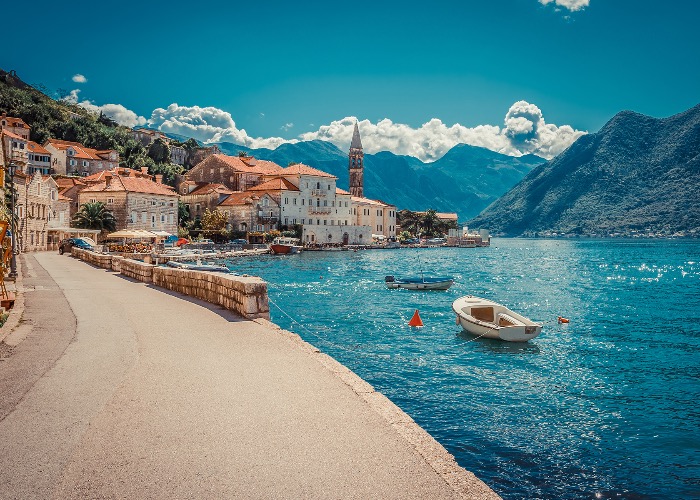
Lesser-touristed Montenegro has all the stirring landscapes and history-soaked towns of its more popular Adriatic cousin. And you'll get way more bang for your buck.
Holidaymakers have flocked to Croatia in recent years and it's no surprise – it's got beautiful beaches and mountains, inviting cuisine and culture, plus historic towns and villages to boot. But it's become a victim of its own success, with hotspots like Dubrovnik, Split and Hvar becoming increasingly expensive and crowded.
Enter Montenegro. For the minority in the know, this Balkan country – just half the size of Wales – is reminiscent of the Croatia from a couple of decades ago, where empty beaches and sleepy villages still remain, with stunning nature and topography too.
Yet don’t leave it too long, as Montenegro’s popularity has been notably increasing in recent years and it has been establishing itself on the international jet-set itinerary. A string of new luxury hotels are emerging, the latest being the Chedi Lustica Bay, a huge new development just moments away from UNESCO World Heritage Site Kotor. Here we reveal even more reasons to visit Montenegro.
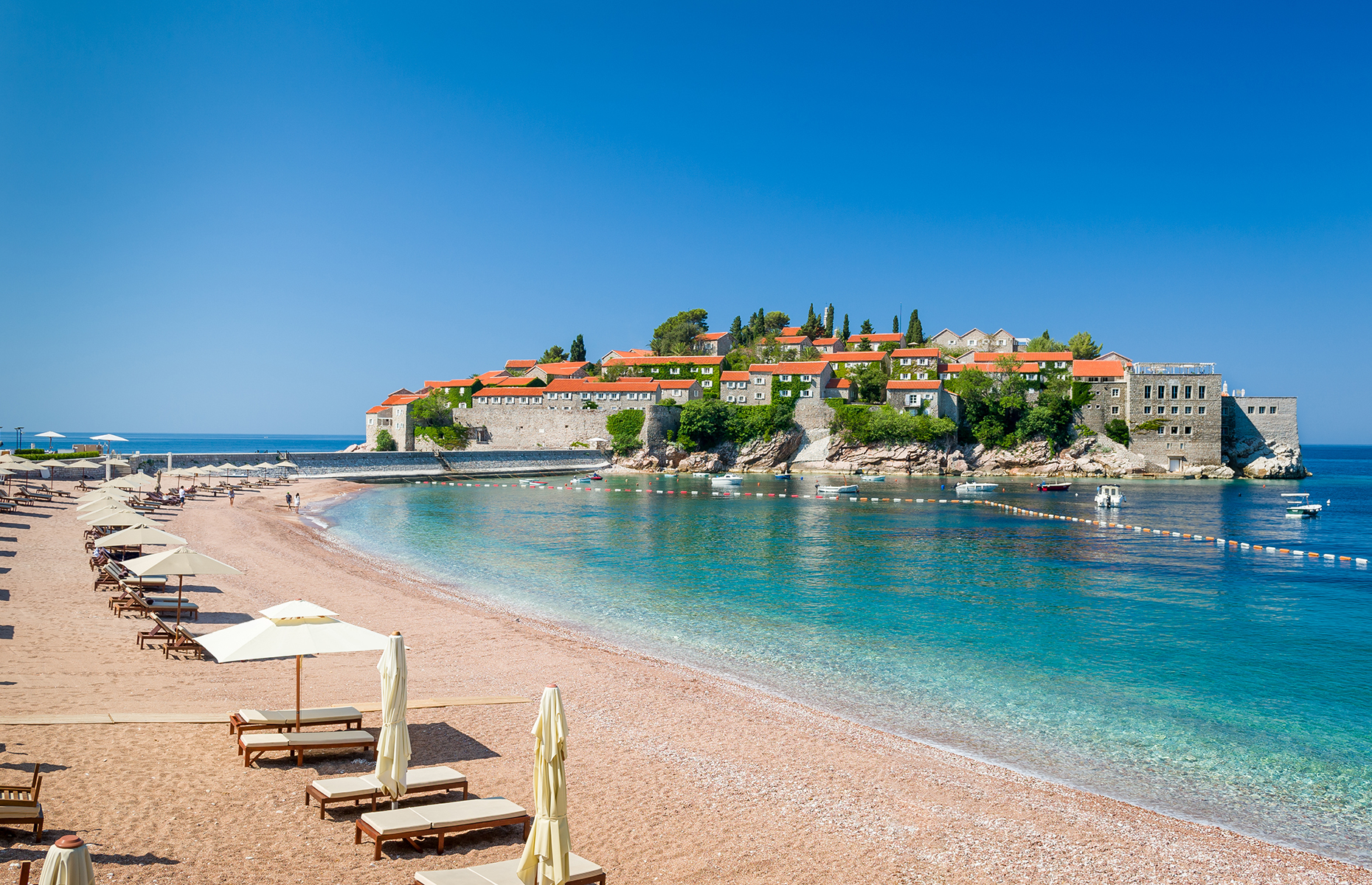 Nikiforov Alexander/Shutterstock
Nikiforov Alexander/Shutterstock
1. It's affordable
Montenegro is a couple of decades behind many areas of Europe when it comes to price. Whether you’re looking at accommodation, transport, restaurants or bars, it's consistently considerably cheaper than Croatia and other hotspots.
For example, while a three-course meal for two in a mid-range restaurant would be around €50 (£43) in France, €40 (£34) in Croatia, Greece and Italy and €35 (£30) in Spain, in Montenegro it would typically be around €27 (£23).
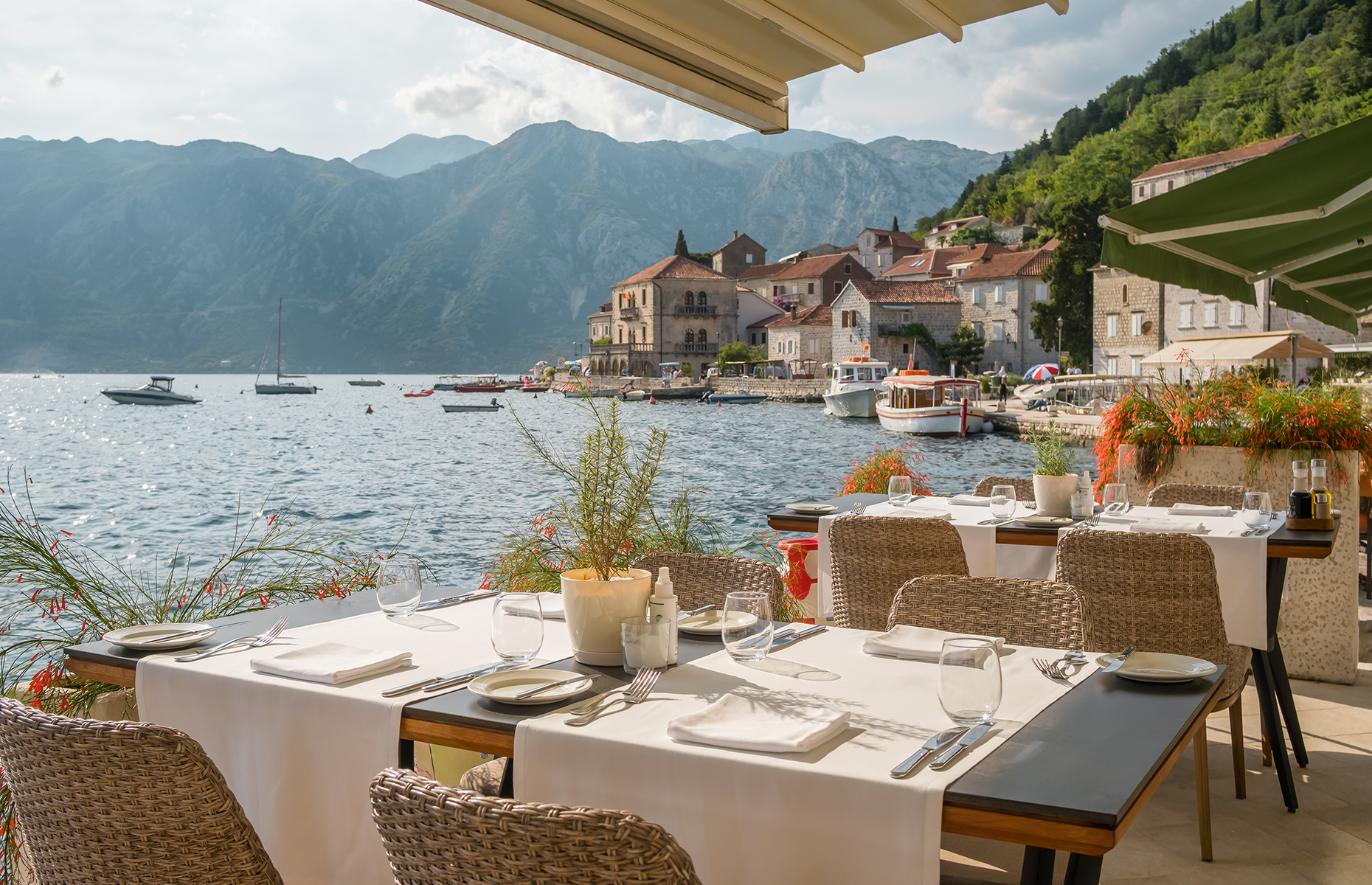 Mazur Travel/Shutterstock
Mazur Travel/Shutterstock
2. The coastal town of Kotor is a charmer
With its maze of winding alleyways, mountain backdrop and Venetian architecture, Kotor is a real treat.
Don’t head there during high season. The place is so small – with a population of around 13,000 – that it gets easily swamped when tourism peaks and the tour groups appear, especially if all the passengers of a huge cruise ship have just descended.
READ MORE: Amazing countries Americans rarely visit but should
At other times, though, its compactness is a real positive and strolling the piazzas, promenade and marina – discovering Kotor's host of museums, churches, restaurants, bars and cafés – is a delight. If you have the energy, hike to San Giovanni Fortress for fab views (pictured).
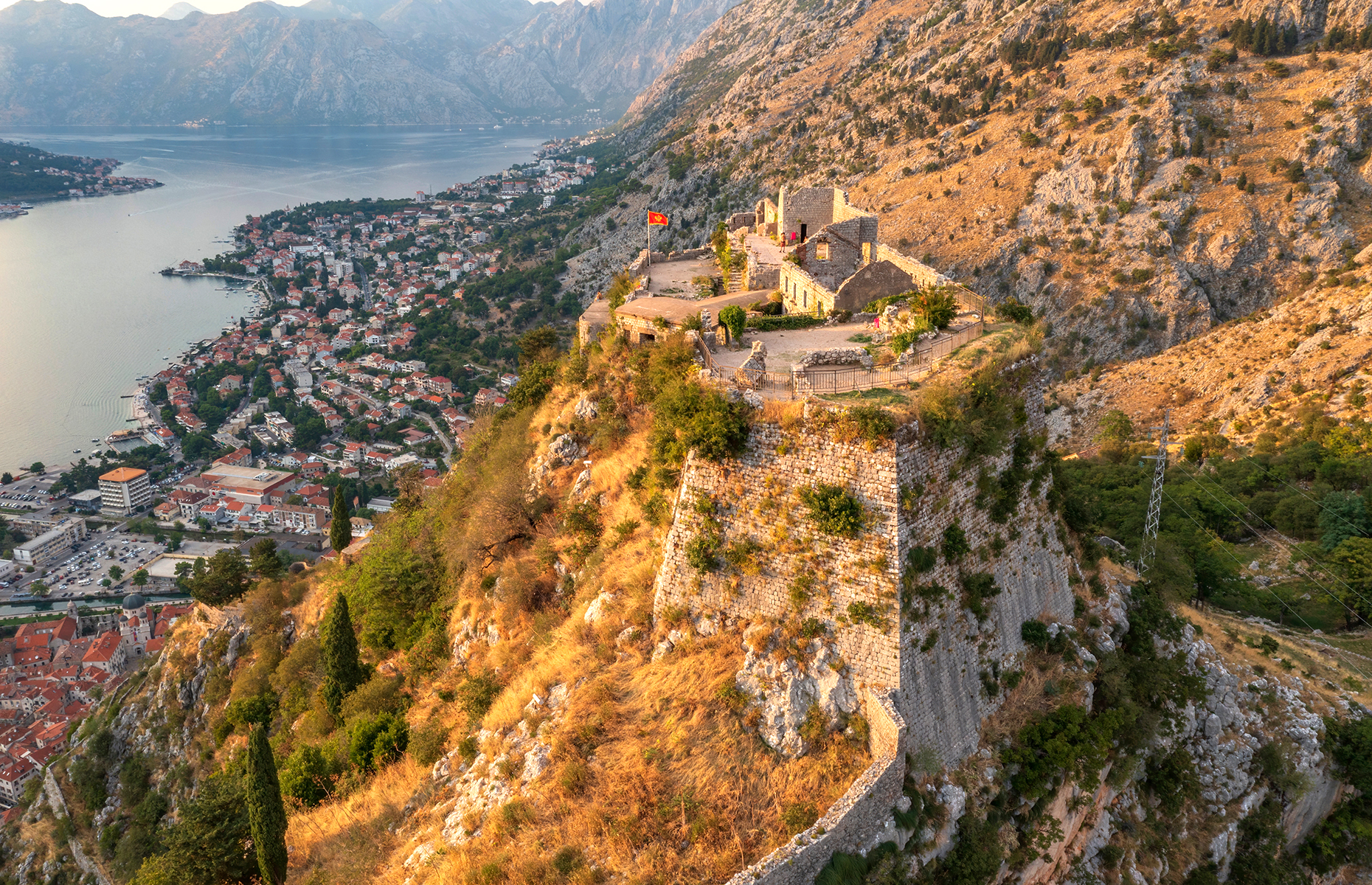 Stas Moroz/Shutterstock
Stas Moroz/Shutterstock
3. You'll be blown away by Perast and Our Lady of the Rocks
Most people visiting this laidback little village make a half-day trip from Kotor, a 20-minute drive away, but many wish they'd set much more time aside to spend in this highly photogenic place. There are few things more delightful than sitting at a waterfront restaurant here, watching the world go by.
You can also climb the 180-foot (55m) bell tower of St Nicholas’ Church, dating from 1616, for great views of the village and bay. From Perast you can take a boat trip to a couple of nearby islets, and one, Our Lady of the Rocks, has another striking church (pictured).
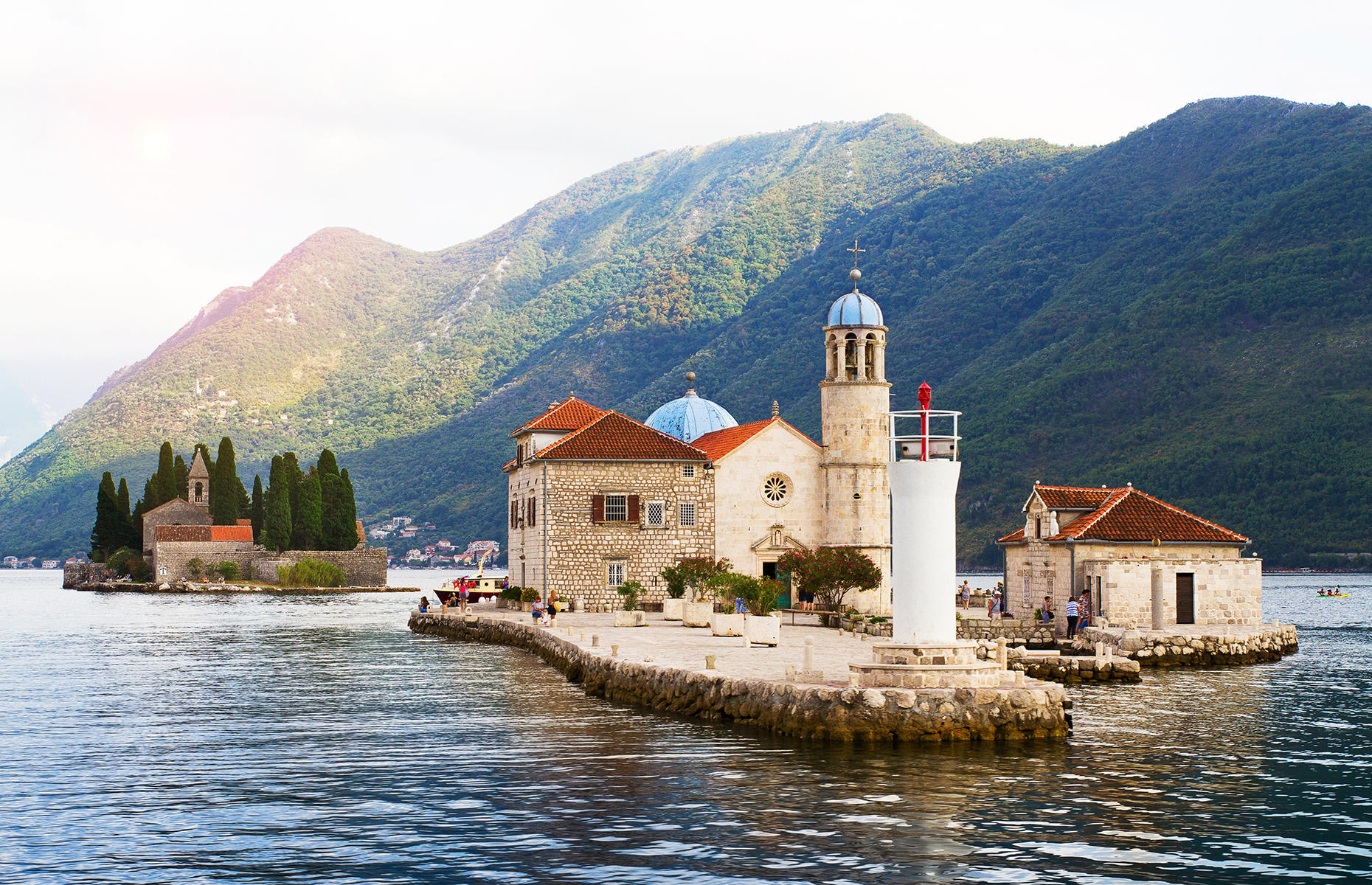 freeskyline/Shutterstock
freeskyline/Shutterstock
4. You can hike in Durmitor National Park
With a great variety of landscapes and wildlife, plus quiet and unspoiled trails, Montenegro is an ideal destination for hikers. There are routes for all abilities, whether you want to join an organised tour or hire a local guide. Trails encompass glacial lakes, alpine forests, ice caves and far-reaching panoramas.
READ MORE: A weekend away in Rijeka
Durmitor National Park is a walker's paradise, featuring marked trails, impressive waterfalls, gorges and lakes, including the spectacular Crno Jezero, or Black Lake (pictured). The park also contains one of Montenegro’s highest peaks, Bobotov Kuk, and quaint traditional villages.
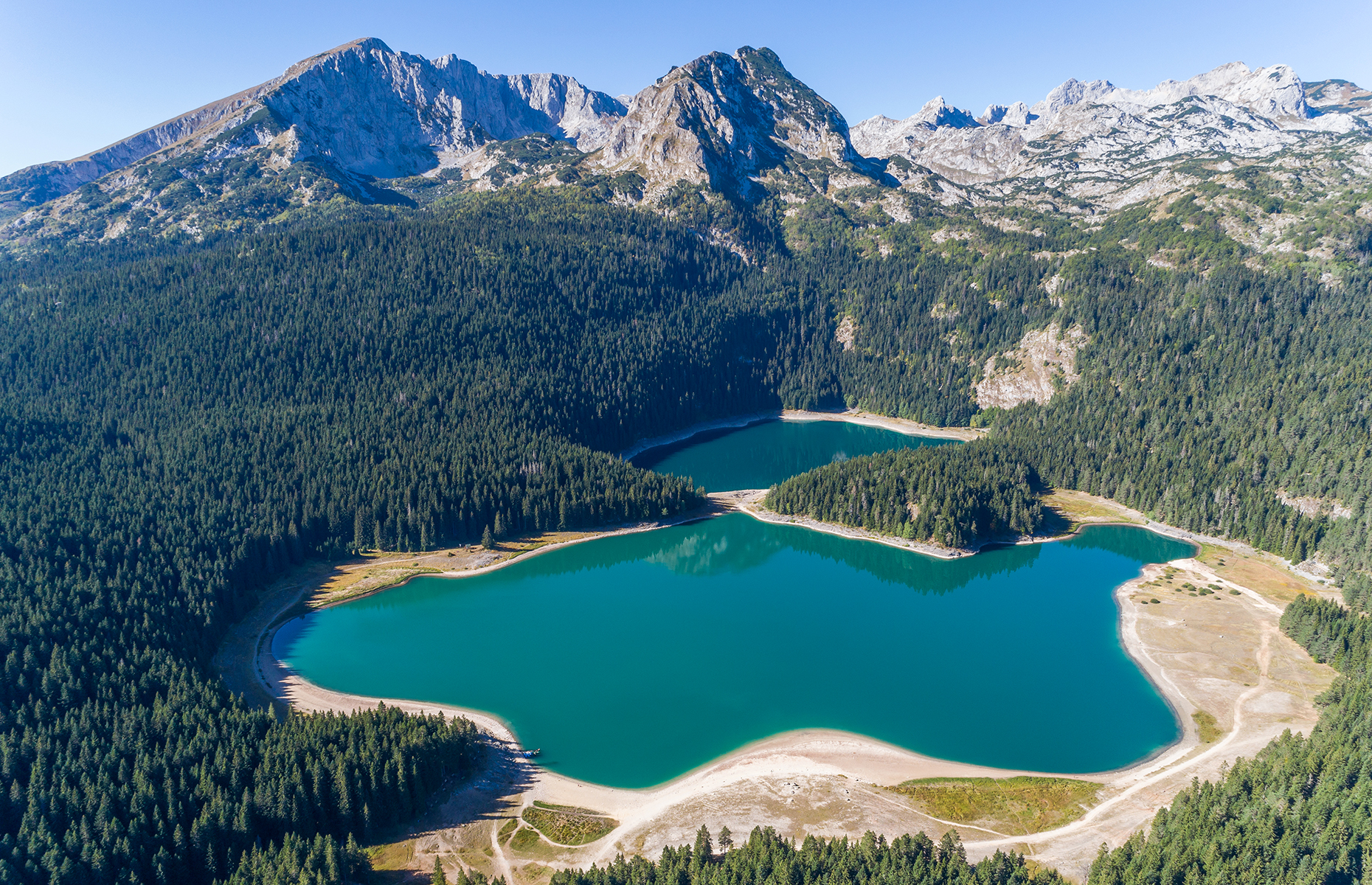 Aleksei Kazachok/Shutterstock
Aleksei Kazachok/Shutterstock
5. There are brilliant beaches
Although Montenegro's 186-mile (300km) share of the Adriatic coast is dwarfed by Croatia's, it crams in a good few coastal highlights and some gloriously deserted beaches – there are one or two great lakeside strands in the country's interior too.
Dobrec beach is only accessible by boat, which ensures it's secluded, and you can dine at a beachfront restaurant here. Moving inland, Murići beach on the southwestern shore of Lake Shkodra (among the largest lakes in Europe), below the dramatic Rumija mountain range, is blissfully removed from the main tourist track. Farther northwest, Blue Flag Plavi Horizonti beach (pictured) is popular with families and also for snorkelling, since its rich marine life is easy to see due to crystal-clear waters.
Much of Ada Bojana, a small isle joined to the mainland by a bridge right by the Albanian border, is popular with naturists. But there's a lovely section of beach here with a couple of restaurants at the northern end for those not keen on completely stripping off.
 Jana Janina/Shutterstock
Jana Janina/Shutterstock
6. The food is delicious
Montenegro's cuisine is another draw. Its geographical position ensures numerous influences from the Levant, Turkey and Central Europe, and its coastal areas offer a bounty of seafood.
READ MORE: Exploring Croatia's islands
Traditional specialities include red meats made ‘under the bell’, a form of slow cooking over a fire. Fish soups, sarma (cabbage leaves stuffed with mincemeat) and cevapi (kebabs) are also popular.
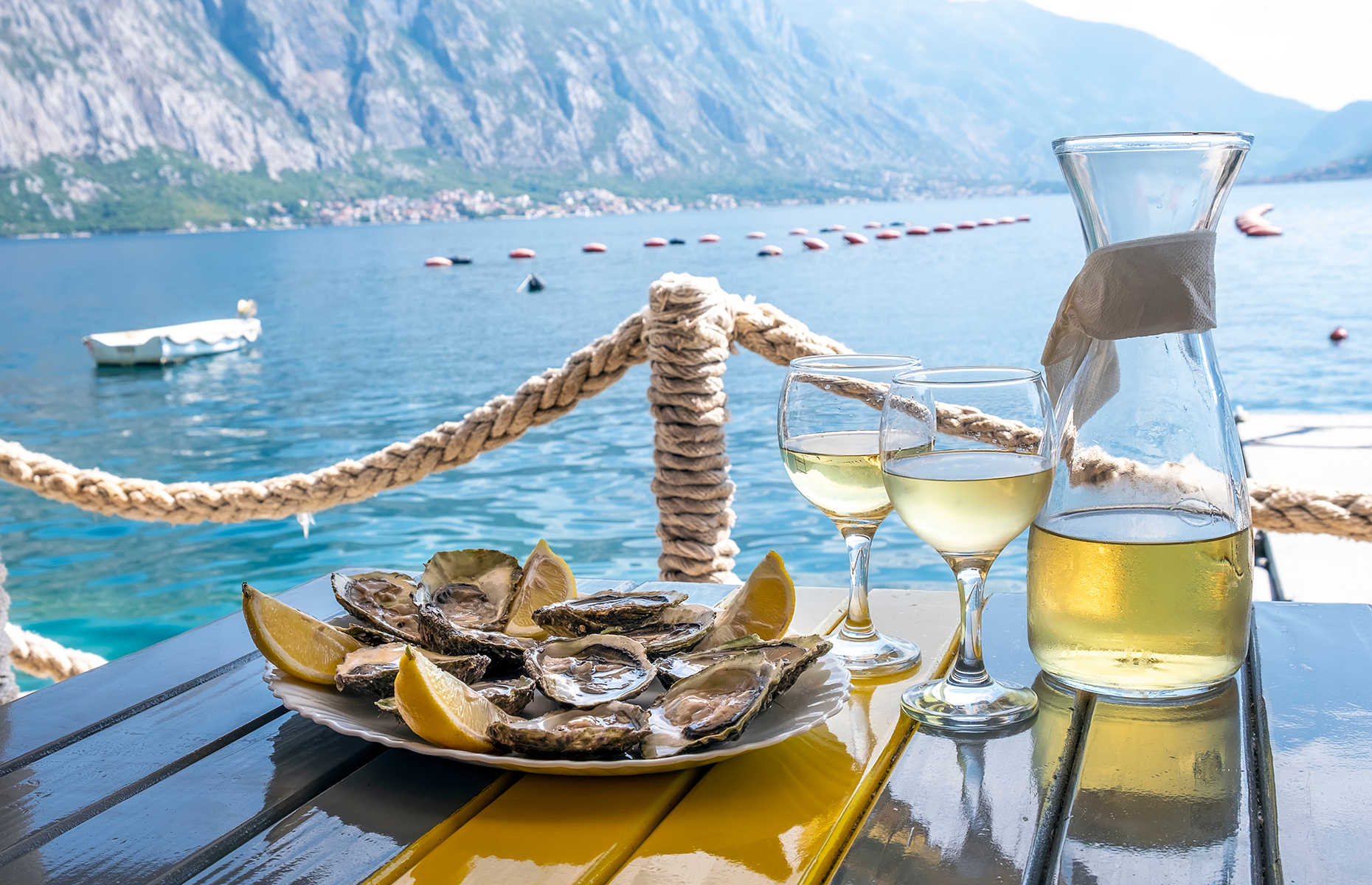 Carmian/Shutterstock
Carmian/Shutterstock
7. It has one of Europe's great natural wonders
The breathtaking Tara River Canyon smashes records – it's one of Europe’s deepest canyons and the longest at 51 miles (82km).
The UNESCO World Heritage Site is really popular for white-water rafting, with its plentiful ferocious rapids and options for all skill levels. Other possibilities are canyoning, zipwiring and exploring some of the 80 caves along the river.
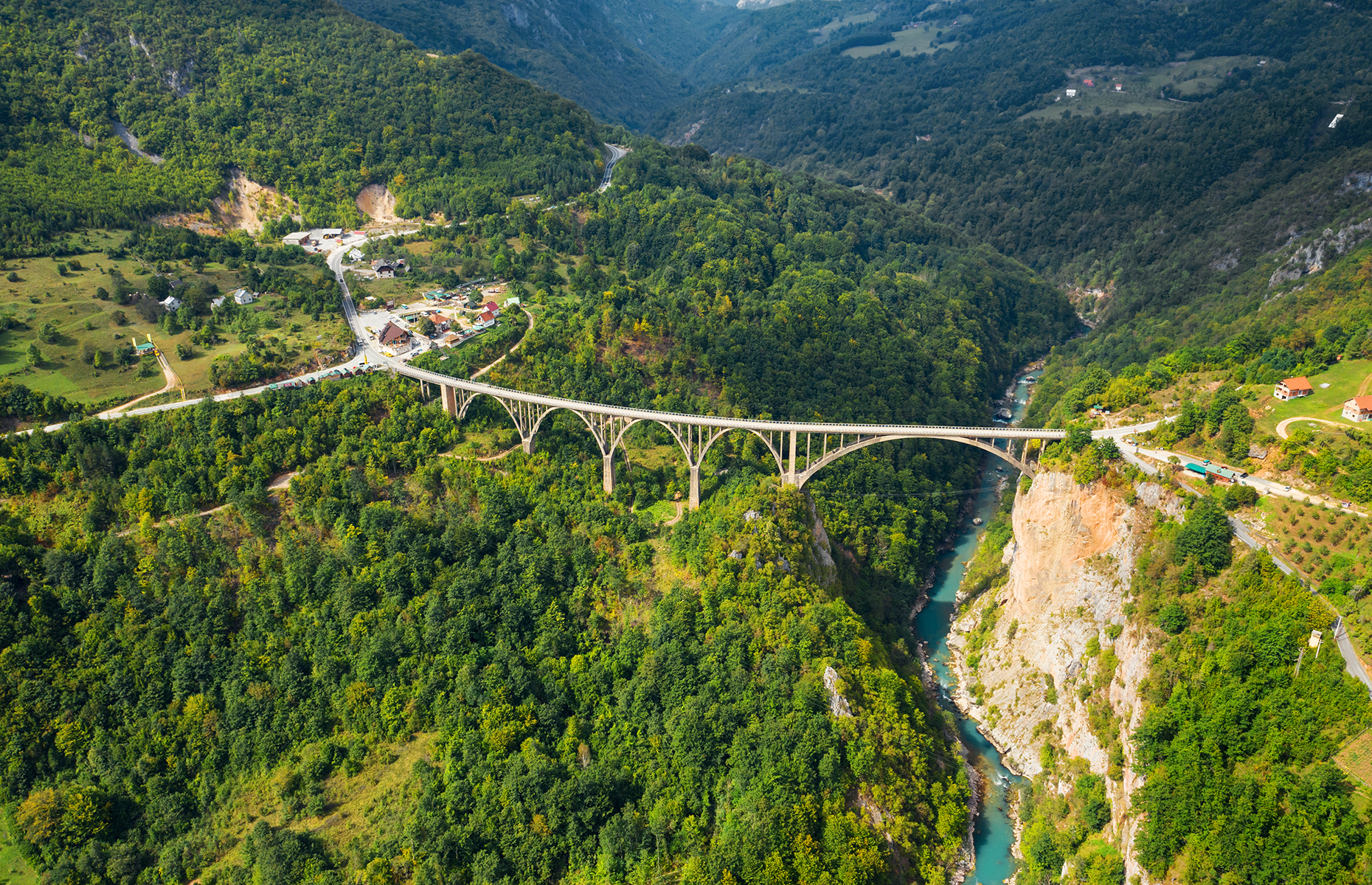 S.Tatiana/Shutterstock
S.Tatiana/Shutterstock
8. It's great for sailing
An unspoilt coastline and reliable weather make Montenegro a great spot for sailing, whatever your skill level. Hiring a boat here is typically a fraction of the cost you'll incur in much of Europe too.
Popular stop-offs include celebrated islet, walled village and luxury hotel resort Sveti Stefan, with its chi-chi beaches and restaurants, and Petrovac’s strands and old town. The bay of Kotor, Herceg Novi and luxury yacht marina Porto Montenegro are also winners.
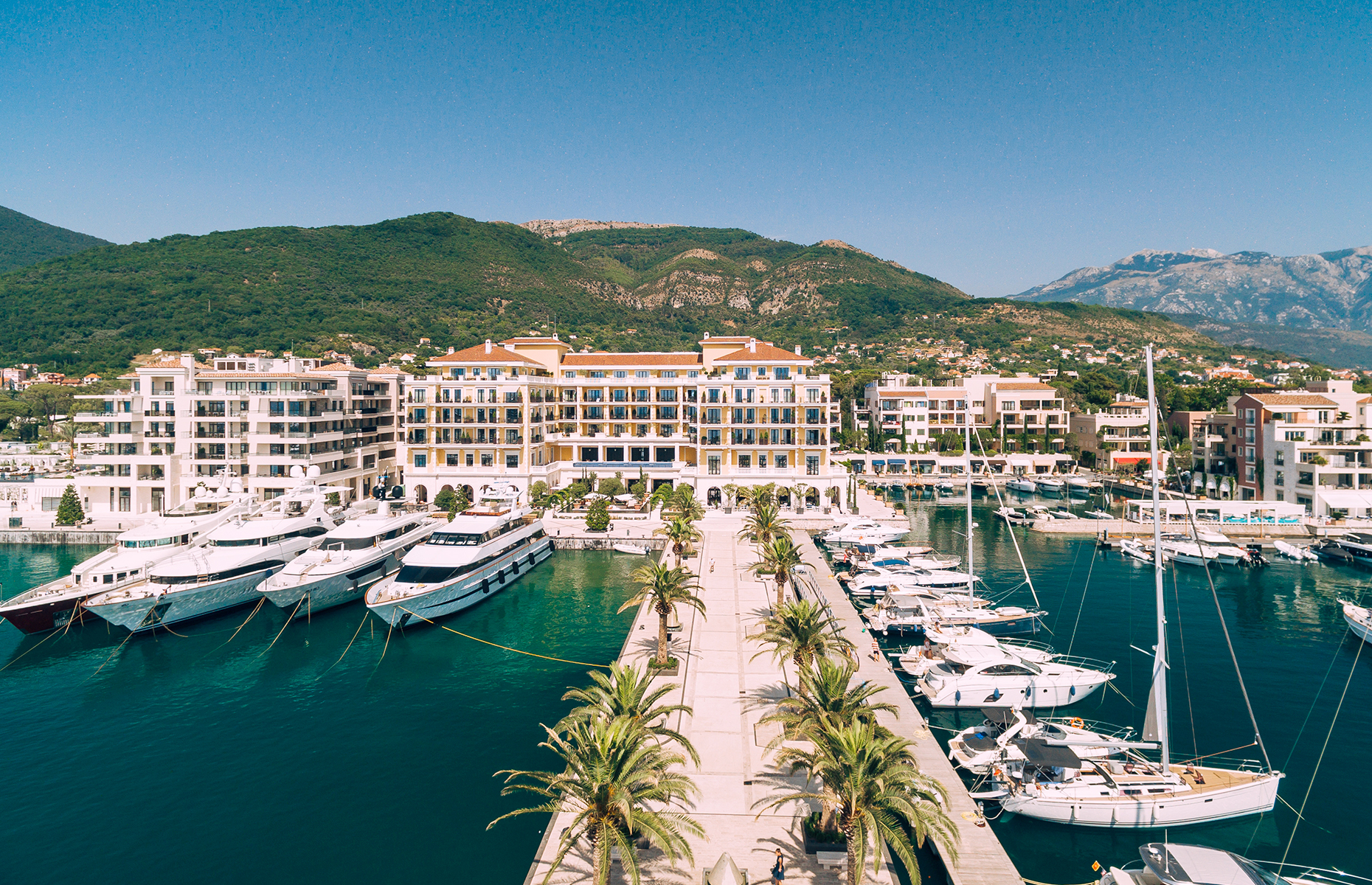 nadtochiy/Shutterstock
nadtochiy/Shutterstock
Lead image: Oleg_P/Shutterstock
Comments
Do you want to comment on this article? You need to be signed in for this feature